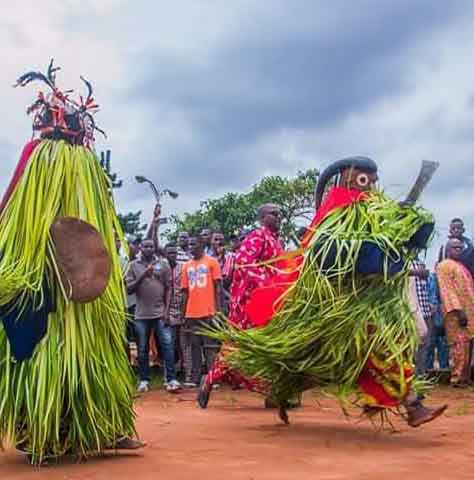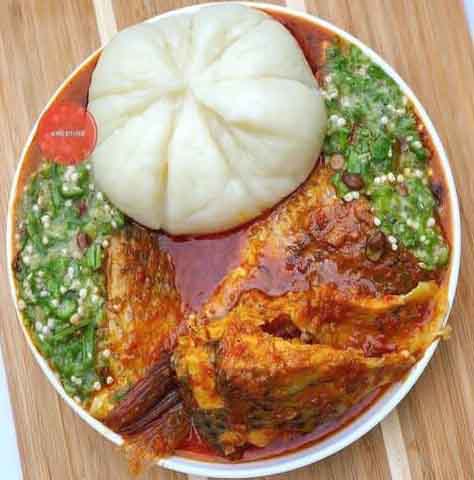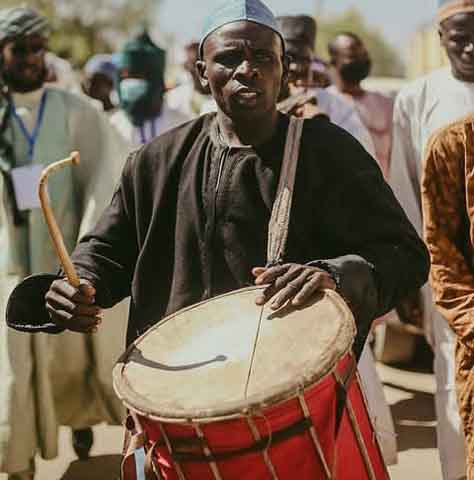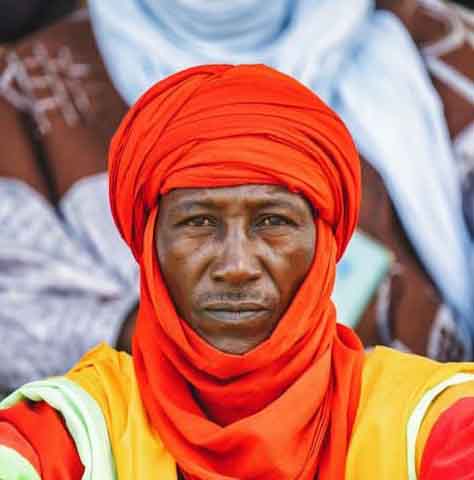These are the fascinating and interesting things to know about the Nigeria culture. The way of life expressed by Nigerians, is what I would be telling you.
The culture of Nigeria is shaped by Nigeria’s multiple ethnic groups. The country has 527 languages, seven of which are extinct. Nigeria also has over 1150 dialects and ethnic groups. The three largest ethnic groups are the Hausas that are predominantly in the north, the Yorubas who predominate in the southwest, and the Igbos in the southeast.
Recommended reading…….. Nigeria: Location, History and Interesting Facts
There are many other ethnic groups with sizeable populations across the different parts of the country. The Kanuri people are located in the northeast part of Nigeria, the Tiv people of north central and the Efik-Ibibio are in the south south. The Bini people are most frequent in the region between Yorubaland and Igboland.
Nigeria’s other ethnic groups, sometimes called ‘minorities’, are found throughout the country but especially in the north and the middle belt. The traditionally nomadic Fulani can be found all over West and Central Africa. The Fulani and the Hausa are predominantly Muslim, while the Igbo are predominantly Christian and so are the Bini and the Efik. The Yoruba are equally likely to be either Christian or Muslim.
Indigenous religious practices remain important to all of Nigeria’s ethnic groups however, and frequently these beliefs are blended with Christian or Muslim beliefs, a practice known as syncretism.
Bini culture

The Binis are located in the South South region of modern Nigeria. They are ruled by monarchs, and are famous for their Benin Bronzes. In the pre-colonial period, they controlled a powerful empire.
Hausa-Fulani culture
The Hausa and Fulani live in the northern part of Nigeria. They are the most populous ethnic grouping in the country, even though the Hausa and Fulani are in fact different tribes. Like the Efik and Ibibio, they are counted as one here due to the historic ties that have united them politically. They have monarchs, are known for celebrating the Hawan Sallah festival, and are followers of the religious teachings of Sheikh Usman dan Fodio.
Igbo culture
The eastern part of Nigeria is the home of the Igbos, who are mostly Christians. Their traditional religion is known as Omenani. Socially, they are led by monarchs who had limited power historically. These figures are expected to confer subordinate titles upon men and women that are highly accomplished. This is known as the Nze na Ozo title system.
Ijaw culture
The Ijaw culture of the South South has been influenced greatly by its location on the coast and the interaction with foreigners that it necessitated. Its members amassed great wealth while serving as middlemen, and the preponderance of English names among them today is a testament to the trade names adopted by their ancestors at this time.
Yoruba culture
The Yorubas are located in the western region of Nigeria and their leadership is monarchial in nature. Their chiefs are monarchs and titled individuals, with most of the latter group making up the membership of the Ogboni secret society. Their traditional religion, Ifa, has been recognized by UNESCO as a masterpiece of the oral tradition of Humanity.
Food

Nigerian food offers a rich blend of traditionally African carbohydrates such as yam and cassava as well as the vegetable soups with which they are often served. Maize is another crop that is commonly grown in Nigeria.
Praised by Nigerians for the strength it gives, garri is “the number one staple carbohydrate food item in Nigeria”, a powdered cassava grain that can be readily eaten as a meal and is quite inexpensive. Yams are frequently eaten either fried in oil or pounded to make a mashed potato-like yam pottage. Nigerian beans, quite different from green peas, are widely popular. Meat is also popular and Nigerian suya—a barbecue-like roasted meat—is a well-known delicacy. Bush meat, meat from wild game like antelope and duikers, is also popular.
Fermented palm product makes a traditional liquor called palm wine and also fermented cassava. Nigerian foods are spicy, mostly in the western and southern part of the country, even more so than in Indian cuisine. Some more examples of their traditional dishes are eba, pounded yam, iyan, fufu and soups like okra, ogbono and egusi. Fufu is so emblematic of Nigeria that it figures in Chinua Achebe’s Things Fall Apart, for example.
Music

Fela Kuti, a bandleader and multi-instrumentalist, was one of the country’s principal makers of popular music. He is now regarded by some as a founding father of Afrobeat
The music of Nigeria includes many kinds of folk and popular music, some of which are known worldwide. The singer and social activist Fela Kuti was instrumental in Nigeria’s musical development. His personalized sound, dubbed Afrobeat, is now one of the continent’s most widely recognized genres.
Traditional musicians use a number of diverse instruments, such as Gongon drums. The kora and the kakaki are also important.
Other traditional cultural expressions are found in the various masquerades of Nigeria, such as the Eyo masquerades of Lagos, the Ekpe and Ekpo masquerades of the Efik/Ibibio/Annang/Igbo peoples of coastal southeastern Nigeria, and the Northern masquerades of the Bini. The most popular Yoruba manifestations of this custom are the Gelede masquerades
Dressing and clothing

Women wear long flowing robes and headscarves made by local makers who dye and weave the fabric locally. Southern Nigerian women choose to wear western-style clothing. People in the urban regions of Nigeria, dress in western style with the youth wearing Jeans and T-shirts. Other Nigerian men and women typically wear a traditional style called Buba. For men the loose-fitting shirt goes down to halfway down the thigh. For women, the loose-fitting blouse goes down a little below the waist. Other clothing gear includes a gele, which is the woman’s headgear. For men their traditional cap is called fila.
Historically, Nigerian fashion incorporated many different types of fabrics. Cotton has been used for over 500 years for fabric-making in Nigeria. Silk (called tsamiya in Hausa, sanyan in Yoruba, and akpa-obubu in Igbo) is also used.
Perhaps the most popular fabric used in Nigerian fashion is Dutch wax print, produced in the Netherlands. The import market for this fabric is dominated by the Dutch company Vlisco, which has been selling its Dutch wax print fabric to Nigerians since the late 1800s, when the fabric was sold along the company’s oceanic trading route to Indonesia. Since then, Nigerian and African patterns, colour schemes, and motifs have been incorporated into Vlisco’s designs to become a staple of the brand.
Nigeria has over 250 ethnic groups and as a result, a wide variety of traditional clothing styles. In the Yoruba tradition, women wear an iro (wrapper), buba (loose shirt) and gele (head-wrap).The men wear buba (long shirt), sokoto (baggy trousers), agbada (flowing robe with wide sleeves) and fila (a hat).
In the Igbo tradition, the men’s cultural attire is Isiagu (a patterned shirt), which is worn with trousers and the traditional Igbo men’s hat called Okpu Agwu. The women wear a puffed sleeved blouse, two wrappers and a headwrap. Hausa men wear barbarigas or kaftans (long flowing gowns) with tall decorated hats. The women wear wrappers and shirts and cover their heads with hijabs (veils).
See also houses and accommodations in Nigeria
Thank you for reading this article.
Kindly follow our social media handles and let’s get interactive.
Related Articles
Interesting Facts You Need To Know About Tanzania In Africa
9 Top Most Watched Kenya Festivals
Kenya Tourism: 16 Top Attractions To Visit
Interesting Facts and Information About Kenya in Africa
